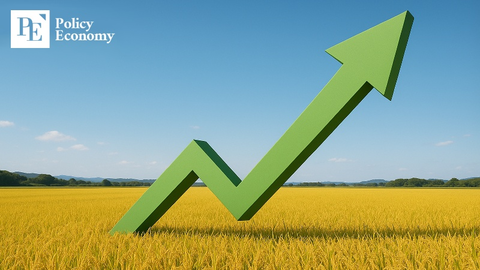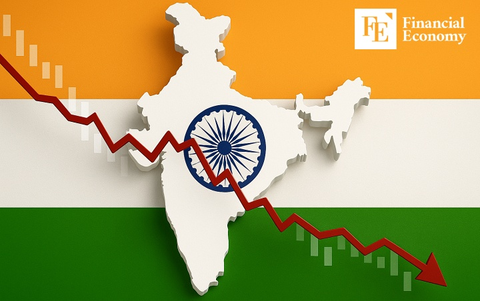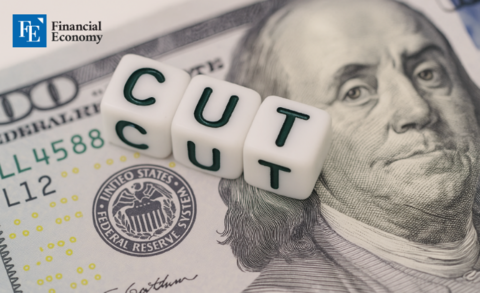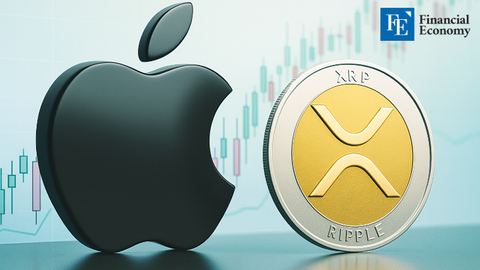"A Problem if Raised, a Problem if Lowered" — ECB Caught in Interest Rate Adjustment Dilemma
Input
Modified
EU's Inflation Stabilizing, Creating Conditions for ECB Rate Cut Eurozone's Monetary Dominance and U.S. 50% Tariffs Are Key Variables Interest Rate Cuts Needed to Escape Economic Recession
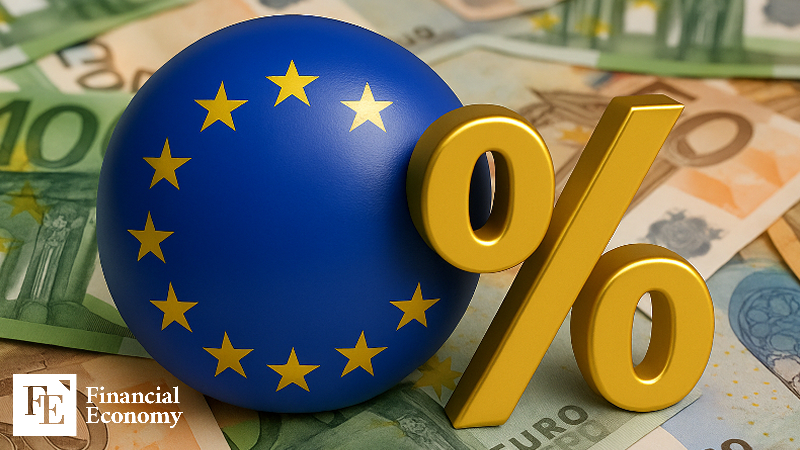
The European Central Bank (ECB) is grappling with a dilemma over whether to cut its benchmark interest rate. While a rate cut is considered essential to sustain economic growth in key eurozone countries, the situation is complicated by factors such as the euro's monetary dominance and tariff risks stemming from the United States—making a case for holding or even raising rates instead. Experts predict the ECB may ultimately forgo the benefits of keeping rates unchanged and prioritize economic recovery.
EU Aims for Global Currency Status
According to the Wall Street Journal on the 27th (local time), France’s consumer price index for May rose by 0.6% year-over-year, significantly below market expectations of 0.9%. With service and energy prices stabilizing sharply over the past month, inflation risks appear to be partially easing. François Villeroy de Galhau, Governor of the Bank of France, called the data “an encouraging sign of disinflation.”
With inflation showing signs of stabilizing in France—a major EU economy—market expectations are growing that the ECB will cut its benchmark interest rate by 0.25 percentage points to 2.0% at its upcoming monetary policy meeting on June 5. The ECB has already lowered interest rates seven times since June of last year.
However, some argue that the ECB cannot afford to cut rates hastily, especially with the U.S. dollar’s dominance visibly weakening. The dollar index, which measures the dollar's value against six major currencies, fell from 103.66 on April 2 to as low as 99.31 on May 27. The drop reflects a series of negative developments: former President Donald Trump’s aggressive tariff policies, the passage of a large tax cut bill in the U.S. House of Representatives, and credit rating agency Moody’s downgrade of the U.S. credit rating.
ECB President Christine Lagarde views this environment as a strategic opportunity for the EU. In a speech in Berlin on the 26th, she stated, “A window is opening for a global era of the euro,” and emphasized that it was an opportunity for Europe to take greater control of its own destiny. If the ECB proceeds with a rate cut under such circumstances, euro-denominated assets would yield lower returns, prompting foreign capital to exit the European market—undermining the chance to bolster the euro’s status as a global currency.
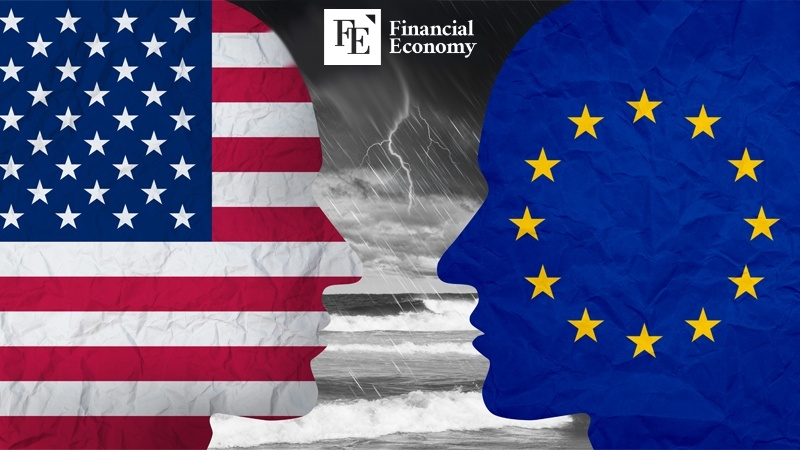
Tariff Risks Also Complicating ECB’s Decision
Tariffs originating from the U.S. are another obstacle to the ECB’s rate cut plans. Initially, under the Trump administration’s reciprocal tariff policy announced last month, the EU was to face a 20% tariff. However, on May 23, Trump announced plans to raise the rate to 50%, accusing the EU of delaying negotiations and imposing unfair regulations and lawsuits against U.S. companies. In response, the EU submitted a revised trade proposal and urgently requested a deferral of the tariffs.
Subsequently, Trump agreed to postpone the implementation. On May 25, he posted on Truth Social that he had received a call from European Commission President Ursula von der Leyen requesting a delay of the 50% tariff originally set for June 1, and agreed to extend the deadline to July 9. He added, “The Commission President said negotiations will begin swiftly.”
ECB officials opposing a rate cut emphasize that the U.S. tariffs have only been delayed—not lowered. They argue that cutting rates prematurely would leave the ECB with fewer tools to respond if trade tensions with the U.S. reignite. If the EU fails to secure a deal and the high tariffs are imposed, inflation could reaccelerate just as it starts to subside.
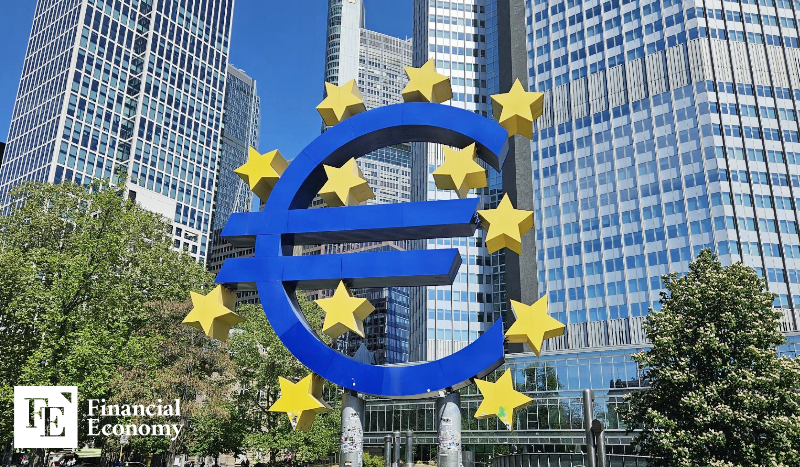
Experts: “Rate Cuts Essential for Economic Recovery”
Nevertheless, the ECB cannot indefinitely postpone rate cuts. Key eurozone economies, which had been mired in stagnation, are now showing signs of recovery. For instance, Germany's GDP grew by 0.4% in Q1 compared to the previous quarter—double the preliminary estimate of 0.2%. The national statistics office attributed this to U.S. companies accelerating purchases of German exports, such as automobiles and pharmaceuticals, in anticipation of Trump’s tariffs. As a result, Germany’s manufacturing output and exports in March outperformed expectations.
Positive momentum is also evident in Europe’s venture capital scene. According to PitchBook’s “Q1 2025 European VC Valuation Report,” the median pre-money valuation of growth-stage startups in Europe reached approx. USD 50 million, up 30% from USD 38.8 million in Q1 2024. The average interval between funding rounds for seed and early-stage startups also shortened to 1.5 and 1.3 years, respectively—indicating improved investor sentiment and greater liquidity.
Experts believe that in order to sustain this economic momentum, the ECB is likely to proceed with a rate cut. One market analyst remarked, “It’s virtually impossible for the euro to replace the dollar in the near term. Instead, fostering economic growth in major countries like Germany through a rate cut will be a more effective way to enhance the euro’s market value.” He added, “If the ECB delays too long, economic growth may stagnate again, risking a return to recession. A bold rate cut is what’s needed now.”

